What portion size should my baby eat? You often ask this. But did you know that there are no recommended portion sizes for babies?
You want to feed to appetite, not to portion size.
Researchers acknowledge that responsive feeding is the best way to feed your baby from birth. If you’ve been breastfeeding this will be second nature to you. You know already that your baby has a fantastic ability to get the quantity of milk needed without your help. And many of you are possibly using responsive bottle feeding techniques too.
You should apply the same rule to food. It’s your job to provide food; it’s up to your baby how much to eat. Responsive feeding is crucial for supporting your baby’s appetite regulation. And this is an excellent skill to have as an adult! Especially in today’s world, where food is so plentiful.
What is Responsive Feeding?
Responsive feeding means letting your baby decide how much to eat at each meal—and not using pressure to get more food to reach an arbitrary portion target. This means no ‘here comes the aeroplane’, ‘choo choo spoons’ (yes, I’ve seen these!) or trying to sneak food in when your baby is distracted with screens or toys.
Your baby needs to be an active participant in eating, not a bystander!
Learning to eat is like learning to talk. Your baby will do it in their own time and you can’t force it!
Let your baby lead the way with portion size.
Whether you’re spoon-feeding or offering finger foods, it’s important to let your baby lead the way. Even without words, your baby can tell you if they’re feeling hungry or feeling full.
Your baby is saying “I’m hungry” when they:
- Fuss
- Get excited to see the food.
- Reach for the food or spoon
- Open their mouth
- Lean towards you and the food
Your baby is saying “I’m full” when they:
- Turn their head away.
- Spit out the food (although they can do this for other reasons too!)
- Push away the food or spoon
- Close their mouth or cover it with their hands
- Get distracted
- Fall asleep!
Great, but how will I know how much food to defrost?
Here are some practical suggestions to help you figure out how much food to put on your baby’s plate.
- Use age-appropriate bowls and plates.
- Offer 1-2 pieces of finger food and 1-2 tablespoons of each mashed food. Offer more if your baby is showing signs that they want more. Offering large portions at mealtimes can either overwhelm your baby or lead them to eat more than they need. You’ll start to get a sense of how much your baby generally eats as you go along. Don’t worry if you sometimes have food leftover or if some days you run short. Your baby will have the chance to regulate at the next meal or milk feed.
- Remember your baby’s appetite will vary from meal to meal and from day-to-day.
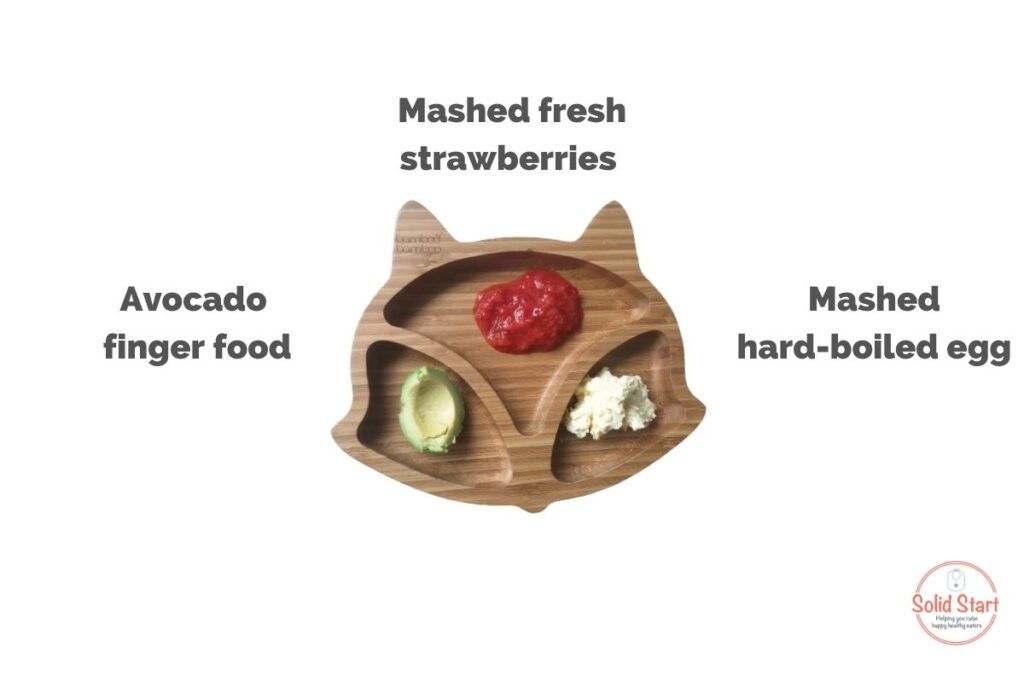 Start with a starter portion. Then offer more.
Start with a starter portion. Then offer more.
What if my baby eats nothing?
Learning to eat is like learning to walk or talk. You can’t rush it. So go at your baby’s pace. Some babies take to food straight away, and others are slower to get going. Even when your baby is well used to eating, there will be meals or days when they refuse food entirely or eat less. Just go with it. Pressurising your baby to eat is counterproductive and can lead to anxiety, fussiness and low weight gain or the reverse, overeating.
What if my baby won’t stop eating?
It’s easier for babies to eat pureed or mashed food fed to them by a parent than to feed themselves. So remember;
- Spoon feed responsively. Make sure your baby opens their mouth before you put the spoon in. Then wait for them to take the food off the spoon. Don’t deposit the food in their mouth.
- Offer finger foods alongside spoon feeds. Not only does your baby benefit from seeing whole foods and get to practice their self-feeding skills. Finger foods also help your baby pace the meal better. Giving them time to recognise feelings of fullness
- Make sure you’re offering spoon feeds with the correct texture. Don’t get stuck with smooth, easy purees that slip down the throat. By seven months at the latest, your baby is able for mashed food with soft lumps. By ten months they should be able to manage finely chopped food from a spoon.
How will I know my baby is getting enough?
The best way of telling whether your baby is getting enough or too much food is to monitor growth. Your PHN will do this for you at the developmental checks. Or you can ask your practice nurse or GP to watch it too.
Just remember it’s normal for babies to move a little between two centile lines on their growth chart.
Beware of comfort feeding.
A fundamental part of feeding responsively is making sure you offer food at mealtimes when your baby is hungry. And not for other purposes, such as comfort, distraction, or to control behaviour. As a parent, I know how tempting it is to use food this way. And I’d be lying if I said I’d never done it.
The problem is that while it’s a handy parenting trick right now, it creates problems down the track.
The science bit!
Gemini-the first twin study into the origins of emotional eating in childhood- showed that emotional eating already starts to emerge during the early toddler years. And that it’s learned and not inherited. Offering a young child food to soothe him when he’s upset teaches him to turn to food to control his emotions later on. This isn’t something we want for our kids.
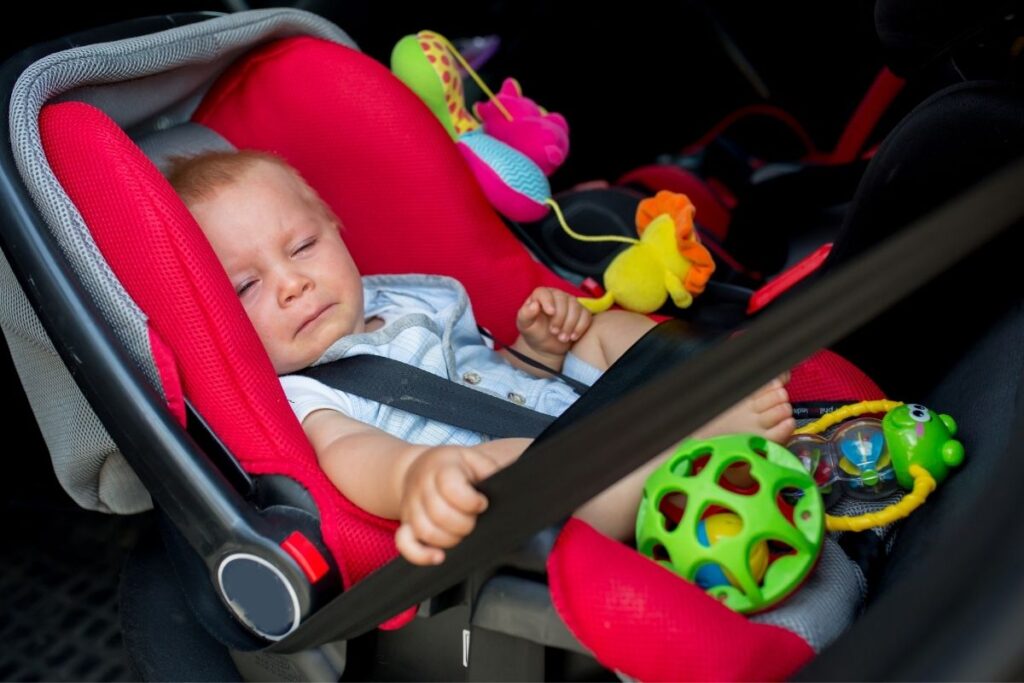
It’s not safe to feed babies in a car seat. Nor is giving food for comfort recommended.
Take-home messages about portion size for babies!
- Offer your baby food at mealtimes only.
- Never pressure your baby to eat if he doesn’t want to
- Provide a small starter portion of food and offer more if needed
- Never use food to comfort your baby when they’re upset or to keep them quiet.
- Never reward with food (of any type)
If you’d like more evidence-based information on feeding your baby, then check out my Online Baby Weaning Course, Ready, Steady, Wean

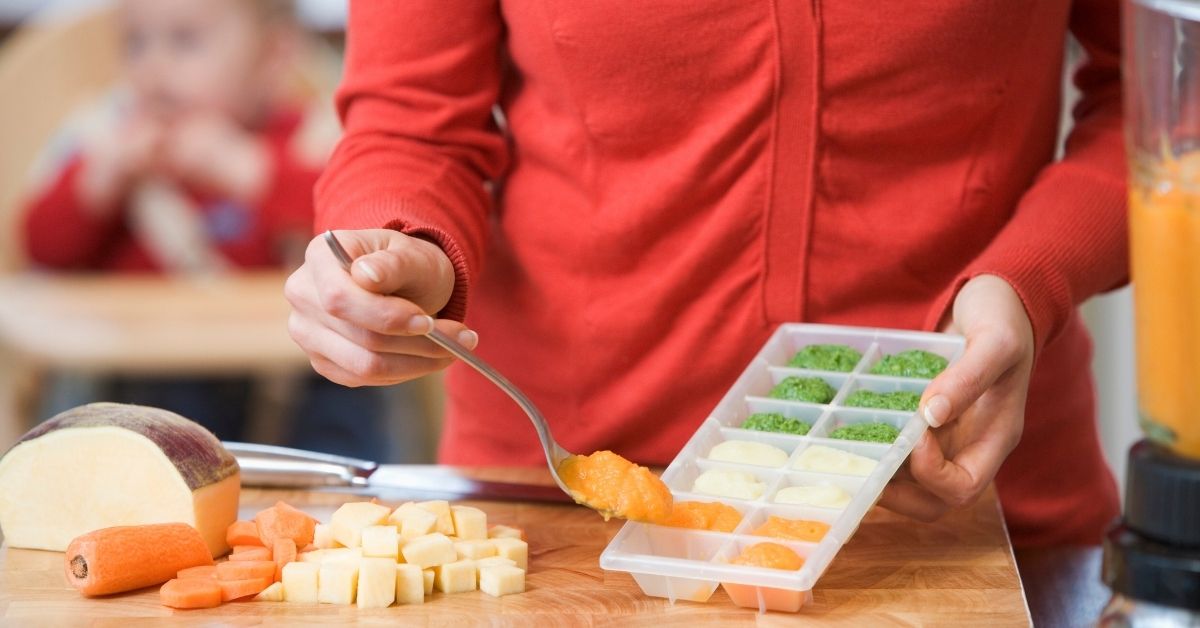
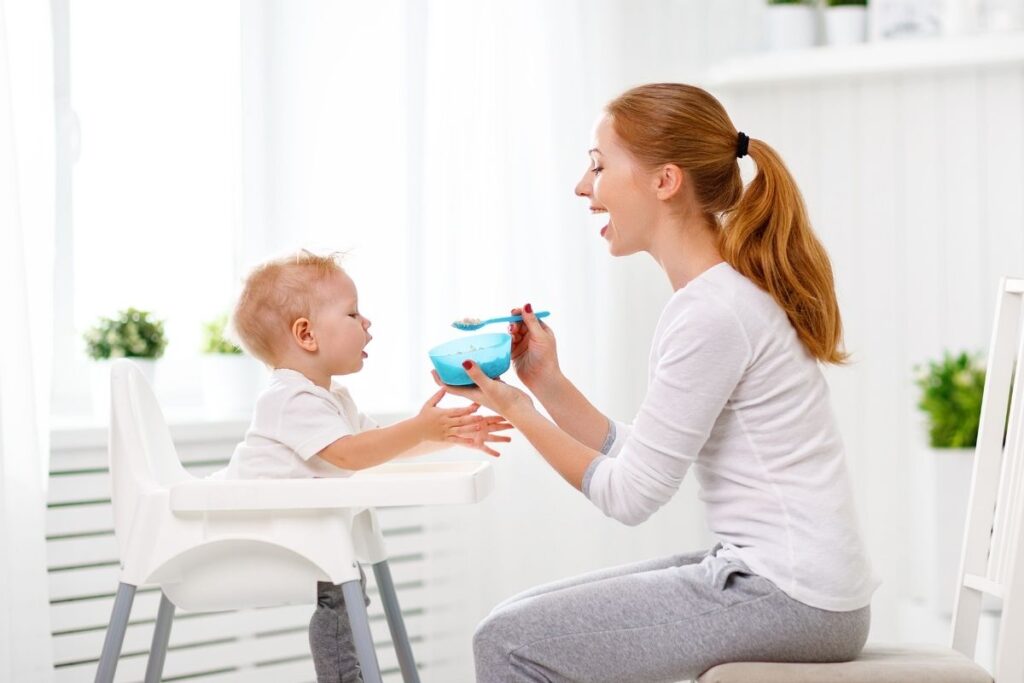
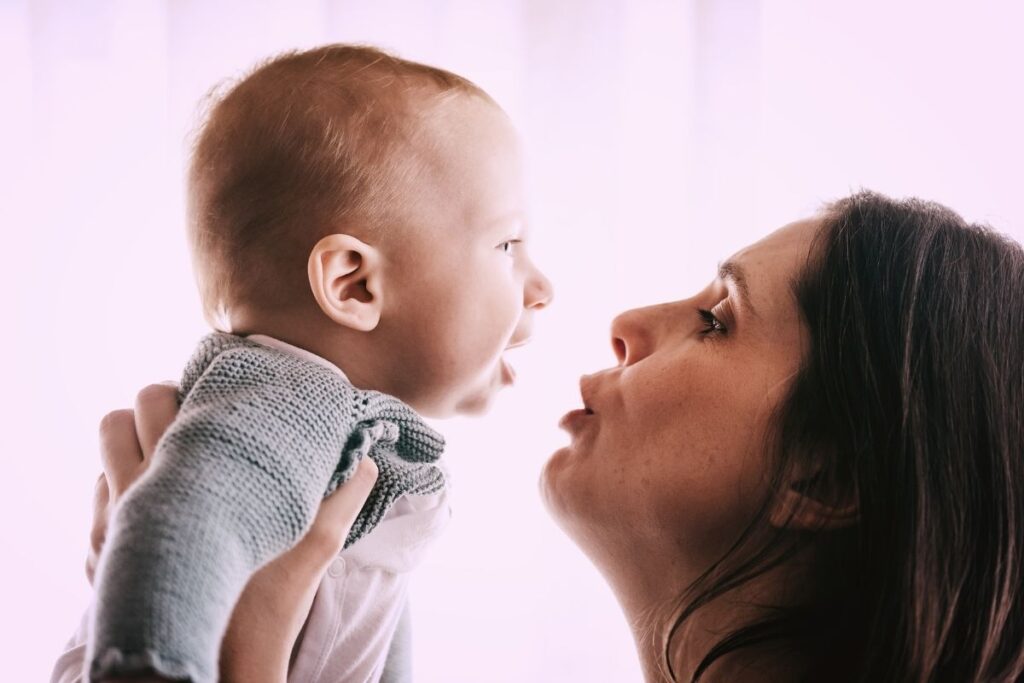
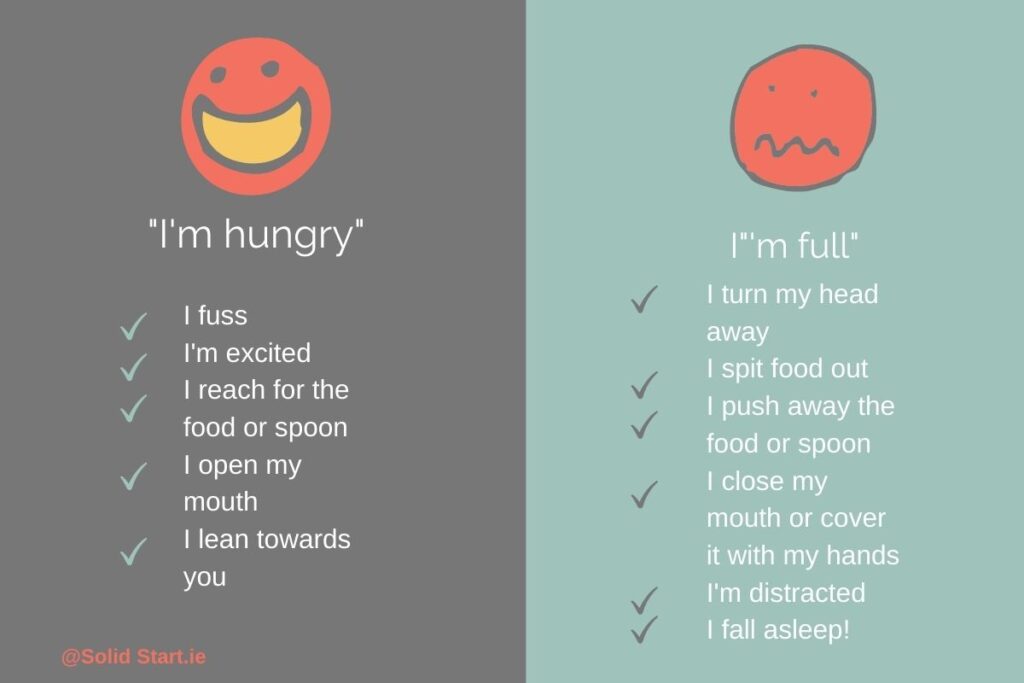
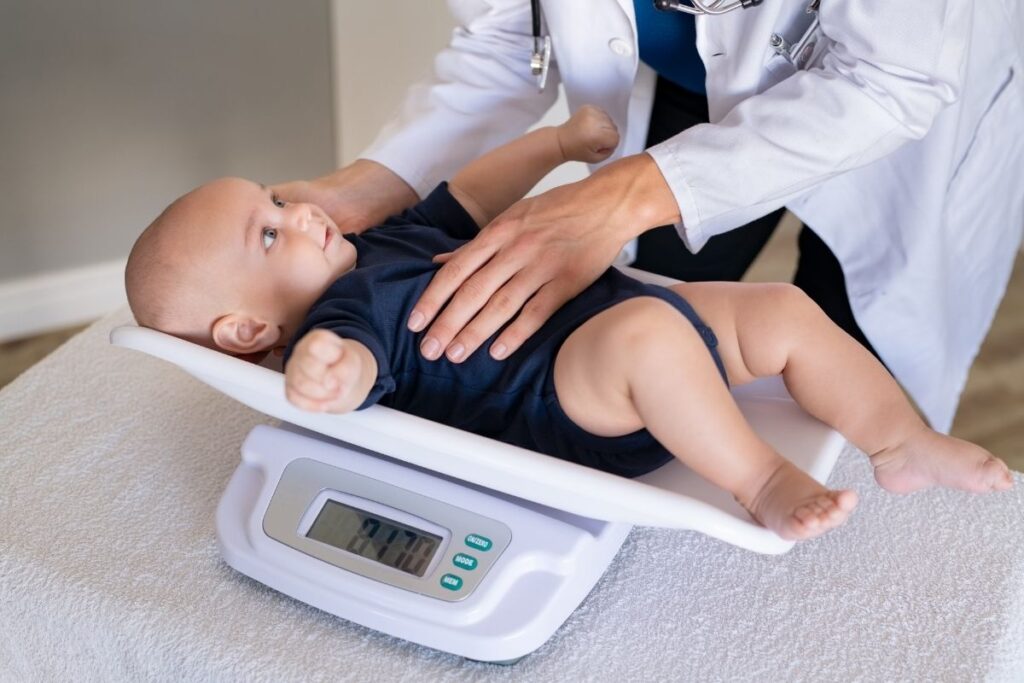

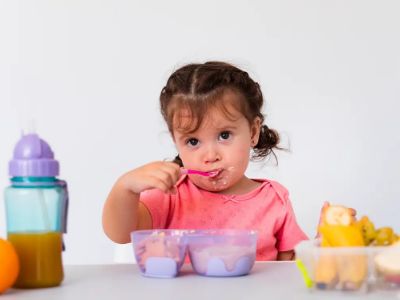
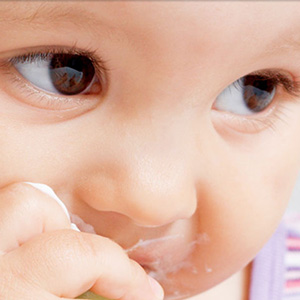
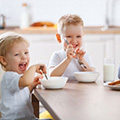

0 Comments